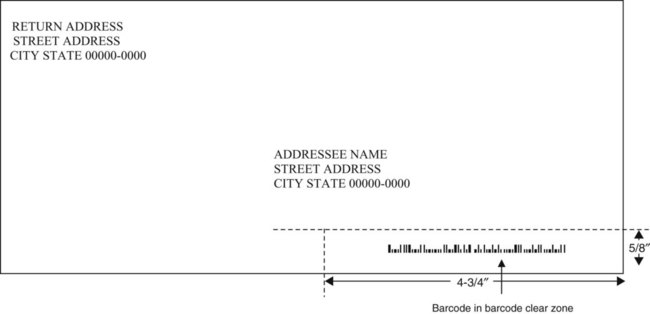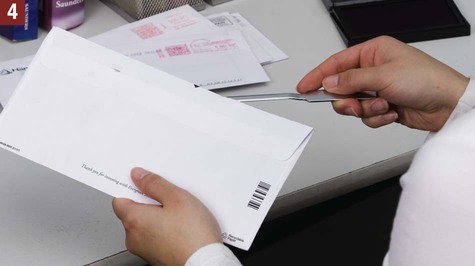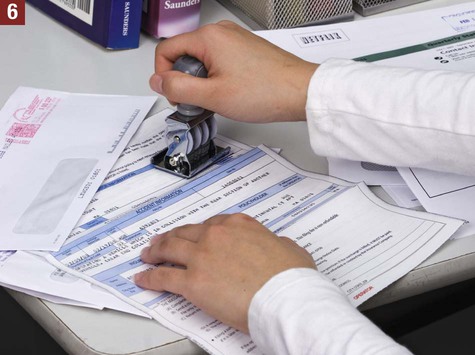1. Identify the function of the U.S. Postal Service (USPS). 2. State the purpose of the ZIP and ZIP+4 systems. 3. Describe the use of the following USPS mail classifications: Express Mail, Priority Mail, First-Class Mail, Standard Mail, and classifications used for packages. 4. Correlate available insurance and delivery confirmation services to their appropriate use in the medical office. For bulk mailing, the ZIP code is translated into a postal bar code that is printed on the piece of mail by the sender. A computer program is used to add the bar code to pieces of mail, mailing labels, and mailing lists. For ordinary letters, the postal service may add the postal bar code because it makes the mail easier to sort. Unlike supermarket bar codes, which consist of wide and narrow bars, the postal bar code consists of long and short bars. Each individual digit in the ZIP code is represented by five bars, and a check digit is used after the ZIP code or ZIP+4 code. The postal bar code may be printed in the address block above or below the mailing address. When not included in the address block, the postal bar code is placed in the barcode clear zone, a blank rectangular area at the lower right of the card or envelope (Figure 43-1). Certified Mail is available for First-Class Mail and Priority Mail. It serves as legal evidence that an item was mailed by providing the sender with a mailing receipt. In addition, a record of delivery of the certified item is maintained for 2 years. A green certified mail sticker affixed to the envelope identifies the envelope as Certified Mail. The recipient must sign on delivery of a piece of Certified Mail. This service can also be combined with a Return Receipt for an additional fee (Figure 43-2). A Return Receipt provides the sender with proof of delivery of a piece of mail and the signature of the person receiving the mail. This may be done through a postcard signed by the recipient and returned to the sender or by an e-mail with an attachment containing the recipient’s signature. The sender then has a copy of the signature of the person who signed for the piece of mail. This service can be combined with other services. It is often used with Certified Mail to establish proof of mailing, as well as proof of receipt (Figure 43-3). Once the mail is received by the medical office, it must be processed according to the preferences of individual physicians. One physician may want to see all the incoming mail, whereas another physician may want the medical assistant to screen the mail and remove circulars, patient and insurance payments, and magazines for the waiting room (Procedure 43-1).
Mail
LEARNING OBJECTIVES
PROCEDURES
U.S. Mail
Other Package Delivery Services
Processing Incoming Mail
Process incoming mail.
Preparing Envelopes for Mailing
Look up a ZIP code for automated processing.
Prepare envelopes for mailing.
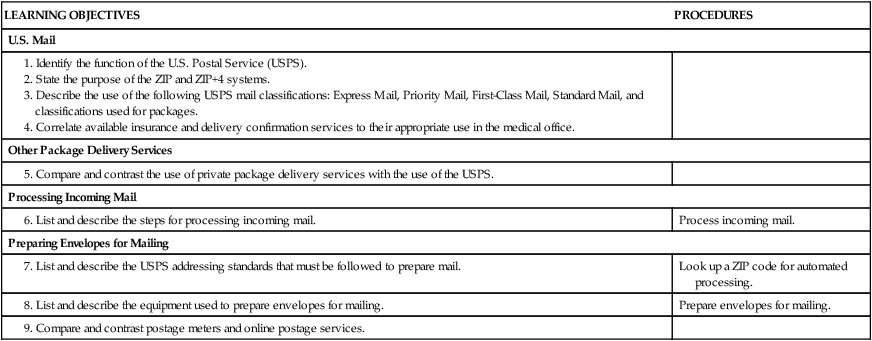
Introduction to Mail and Shipping
U.S. Postal System
ZIP Code and Bar Code Systems
Insurance and Delivery Confirmation Services
Certified Mail
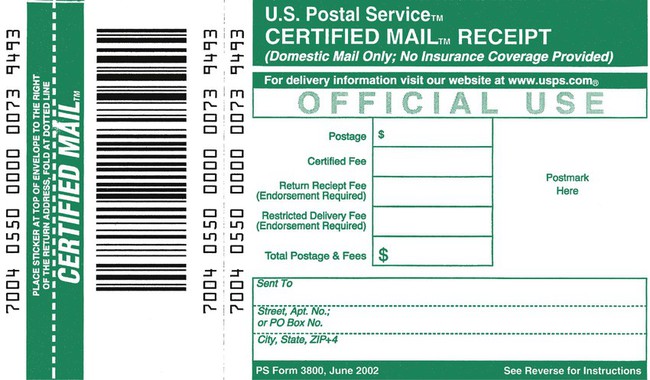
Return Receipt
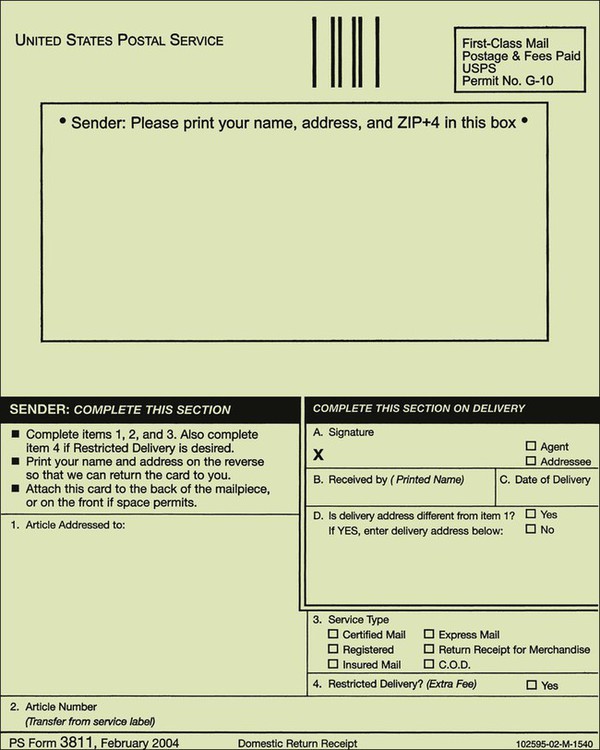
Processing Incoming Mail

Get Clinical Tree app for offline access
